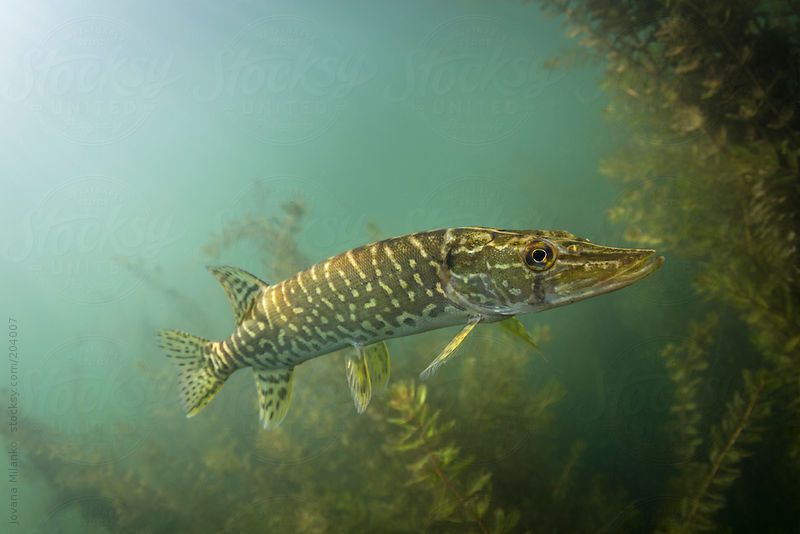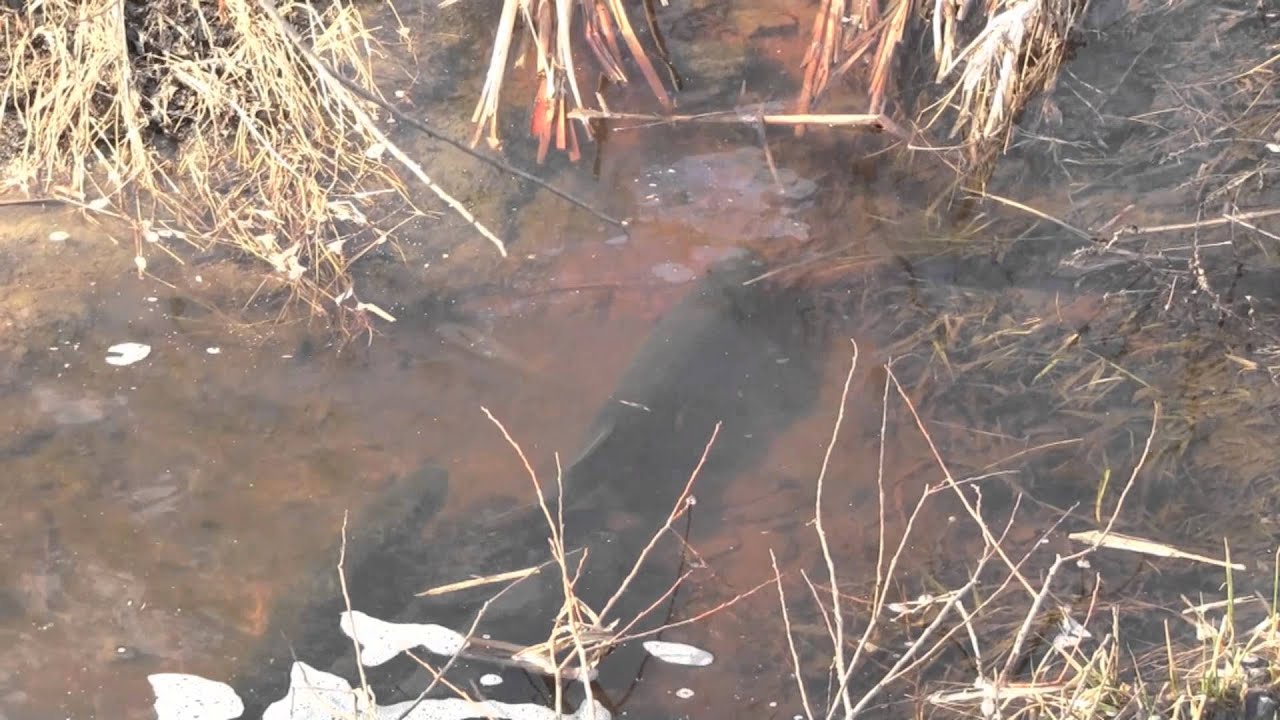CATCH & RELEASE for the future
Working in a bait shop I talk to many anglers on fishing conditions. The reason for these conversations is mostly to receive information on fishing conditions so I can pass those details on to others. I never ask where they caught fish, but our conversation usually starts with “how did you do today” followed by these questions. Water temperature, how many fish were caught, what species were caught and the bait that was used? Also, the type of location (rocks, weeds, shoreline trees etc., and depth the fish were caught.
THIS WEEKS FISHING REPORT: Water temp is upper 50s, Crappie are being caught in less than 4 feet of water near shorelines. Perch are in weeds/wood in 4 to 6 feet of water. Walleye in 6 to 8 feet in weeds. Bass Sm. & Lg. being caught in shallow weeds. Northern Pike are everywhere, but no size to brag about.
When I ask about Walleyes being caught, the usual response is “We are catching them, but the majority are 14 1/2 to 14 3/4 inches”. There are a few reasons for the number of smaller walleyes being caught and is easily explained. In my opinion, the loss of habitat is a huge factor, anglers catching and keeping big (over 24″) Walleye and the spearing of Walleye (over 24”).
In the past few weeks, I’ve heard angler complaining about the number of Walleye under 15 inches they are catching but then saw two of those people walking to the fish cleaning house carrying larger Walleyes that any knowledgeable angler would have returned to the water. As far as spearing, that might be a subject for another day, MAYBE. But, if more people would practice catch and release of large fish, we would have more and larger Walleye swimming in our lakes and that is a fact.
It doesn’t matter what the species is, bigger fish lay more eggs and pass on the genetics to produce more and larger fish. Here are some examples of eggs being released.
WALLEYE – Sm. 25 to 50K eggs Lg. 150K eggs with 60% survival rate.
PERCH – Sm. 15 to 20K eggs Lg. 100K eggs with over 45% survival rate.
CRAPPIE – Sm. 25K eggs Lg. 100K eggs with over 50% survival rate.
NORTHERN PIKE Sm. 25 to 50K eggs Lg. 180K eggs with over 50% survival rate.
MUSKY – Sm. 30K eggs Lg. 180K eggs with 40% survival rate.
>I didn’t include the two Bass (on an average smallmouth 2K to 40K — Largemouth 10K to over 50K) because it has been preached for years to use catch and release for this species.
There are anglers that come into the bait shop and tell me they caught 24-to-30-inch walleyes but released them, and I’m the first person to thank them for returning those fish to the water.
If someone catches a fish of a lifetime, great but release the fish and have REPLICA MADE. TAKE PHOTOS AT DIFFERENT ANGLES, MEASURE LENGTH, GIRTH and WEIGHT of the fish. Then a taxidermist will take that information and make an exact replica of your fish and the fiberglass mount will be much more durable. Plus, your trophy fish is hanging on the wall, and you just helped promote fish population and you might catch that fish again next year.
If a person catches a huge fish, I totally understand the excitement and accomplishment of doing so. I mean, who doesn’t want to catch a trophy fish. But for the conservation of the fish population, the preservation of our aquatic ecosystem and for future generations, again, PLEASE practice catch and release.





I don’t think people realize how important it is to return big fish, fiest of all with all the new electronics, the fish don’t have a chance and more importantly, they don’t realize how many years that fish had to survive to attain that size. Fact, mid sized fish are more plentiful and taste better!
Mike you are 100% correct about how technology has changed fishing. A 20-inch Walleye is around 8 to 10 years old, plus, the size of the fish does make a difference in taste. And thank you for your input on the article. I always appreciate when people comment on a subject and welcome ideas for new topics.